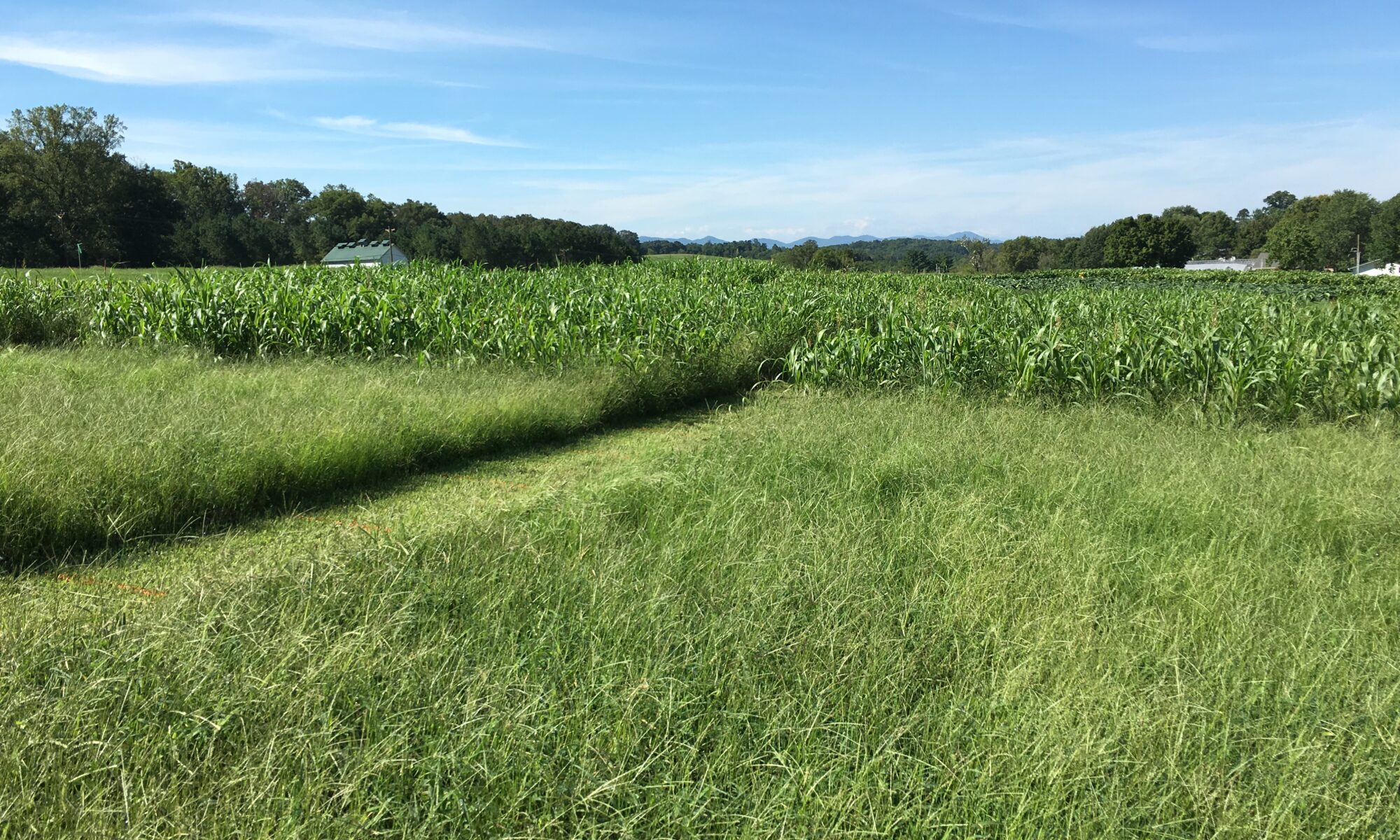

Dr. Bruno Pedreira
Associate Professor and Extension Forage Specialist
Department of Plant Sciences
Director, UT Beef & Forage Center
P: 865-974-3535
In Tennessee, tall fescue is the most important forage source for livestock. Consequently, forage availability during the summer months (June, July, and August) will always be short. One option to improve the forage budget and extend the grazing season is to explore pastures with warm-season forage grass, such as crabgrass (Digitaria spp.). Crabgrass was introduced to the United States in 1849 and many producers, especially the more row-crop oriented, will avoid it because they consider it a weed.
Crabgrass can be a great forage alternative to feed cattle due to its high yield and nutritive value. Compared to other warm-season grasses, such as Bahiagrass and Bermudagrass, Crabgrass can present higher nutritive value. Crabgrass has a clump-type growth habit, and, due to the presence of stolons (stems growing horizontally, which can produce roots), spreads aggressively. Although it is considered an annual forage (which technically should be planted every year) due to its high capacity to produce seeds, allowing reseeding, it can respond as a perennial forage. It is especially true if it is managed to produce seedheads later in the growing season. I already visited a few farmers in Tennessee who had crabgrass pastures planted more than 10 years ago without being reseeded.
If you decide to plant crabgrass, it should be seeded in a clean area from May 1 to July 1. A good stand (dense and healthy) can be achieved by seeding 3 to 5 pounds of pure live seed per acre. Seeds should be drilled from ¼ to ½ inch. Seeds planted too deep (below ½) inch may result in a poor pasture stand, where weeds will be a challenge. The seeds can also be broadcast, but it is recommended to use the higher end of the seeding rates or more, and cultipack after seeding to improve seed-soil contact and reduce loss due to any heavy rainfall event. With adequate moisture, seed germination begins when the soil temperature reaches 55 degrees Fahrenheit.
Pasture establishment can be sped up through nitrogen fertilization at planting and when the seeds have germinated, and tillers are in the early stages. Nitrogen input improves tillering and, consequently, reduces weed pressure. Adequate harvest management helps to keep a productive stand and control weeds. Thus, stubble heights should be kept above 3 to 4 inches to not compromise plant reserves and ensure quick regrowth. By not adjusting the stubble height, and ending up harvesting or grazing too short, stands tend to be thinner where weeds will find room to emerge, and yield will be reduced.
Based on the last UT Beef & Forage Center Variety trials (2018-2022), Crabgrass can produce from 3 to 6 ton/acre, with crude protein, and total digestible nutrients varying from 11 to 22% and 60 to 70%, respectively. Detailed information on varieties can be found at https://utbeef.tennessee.edu/forages-tennessee-variety-trials/.
